
本教学为翻译教学,转载请注明来自aboutcg.net,以及注明翻译者
原始链接:http://cg.tutsplus.com/tutorials/3d-…icles-in-maya/
原作者:Abed Ibrahim
翻译:Qi
关于译者:
查看作者所有的教学
Animate a Logo Forming from Particles in Maya
用maya的粒子绘制动态Logo
这是本人的第一篇翻译教程,有什么不足之处请大家指出,我会进行修改。原帖中有一些步骤是多余和重复的,为了方便观看进行了删除,但并不影响最后的效果。
The name is Abdulmajeed Ibrahim, but most call me abed or abdo. I have been working as a 2D/3D Artist since 2002, and I am proficient in Maya, After Effects, Zbrush, all Adobe products, audio editing software, and more. I always learn new stuff, and try not to waste time, because there’s always something to do in this field if you love it. I am now working as a contract freelancer for some companies in the UAE and Jordan.
我的名字叫Abdulmajeed Ibrahim,但是很多人叫我abed或者abdo。我是从2002开始成为一位2D/3D艺术家,精通Maya,AE,Zbrush,所有的Adobe产品,音频编辑软件……我经常学习新的东西而不去浪费时间,因为如果你喜欢这一行就会有很多的事情等着你去做。我现在是在UAE和Jordan,作为一名签约的自由工作者为很多公司工作。
Step 1
Step 2
Adjust the following options then press “create”.
调整默认的参数,然后点“create”。
Step 3
Hide the text curves in the “Outliner” by pressing (Ctrl + h)
在“Outliner”.中找到文字的边缘线,按(Ctrl + h)隐藏它。
Step 4
Select all the letters, then go to “Mesh > Combine”.
选中所有的文字进行Combine。
Step 5
Delete the history for the shape, then go to “Modify > Make Live”.
按(shift+alt+D)删除它的历史,然后执行“Make Live”。(译者注:我还不明白这一步有什么用。)
Step 6
Switch to “Dynamics Menu” by pressing “F5”, then go to “Particles > Particle Tool (option box)”.
按“F5”转换到动力学模块,打开“Particle Tool”的设置。
Step 7
Press on “Reset Tool”, then adjust the settings as shown.
按“Reset Tool”还原参数(译者注:我的这个按钮在下边),然后按照着图进行设置。
Step 8
Hide your grid, switch to the front view, and start to draw on the letters. Make sure to fill from the inside and on the edges as shown.
Notes:
Hold the Left Mouse Button and drag anywhere to draw.
Try to draw the letters one by one (start from the edges with one stroke then fill inside with the second stroke).
If you missed a spot, press only once to fill that spot.
Avoid drawing on the same area again because intensive particle counts will make a sluggish movement.
隐藏网格线,调整窗口到前视图,然后照着之前的文字画粒子。保证要填充满文字的里面和边缘。
注意:
按住鼠标左键,进行拖动来绘制。
试着按顺序进行绘制。
如果你遗漏了一些小地方,记住最后要填充满。
避免在同一个地方进行重复绘制,因为过多的粒子会是动画显得迟钝。
Step 9
Press “Enter” then, in the “Attributes Editor” for the particle shape, go to “Render Attributes > Particle Render Type > Cloud (s/w)”. Note: When you press “Enter” you have to wait for the program to calculate the particles.
按“Enter”结束,然后按(ctrl+a)调出“Attributes Editor”。找到“Render Attributes > Particle Render Type > Cloud (s/w)”。注意:当你按“Enter”时,需要等一会儿让系统来计算粒子。
Step 10
Press on “Current Render Type”, and set the radius to “0.025”.
点击“Current Render Type”,把半径设为“0.025”。
Step 11
Hide the original text surface in the outliner, then open “Hypershade” and select the Volumetric Node “particlecloud1”.
把你所写的文字也进行隐藏,然后打开“Hypershade”选择“particlecloud1”材质球。
Step 12
Modify the following attributes for the particle cloud:
修改参数,见下图。
Step 13
Extend the playback range time to “200 frames”, then select the particles, and go to “Fields > Volume Axis”.
把时间线延长到200帧,然后选择粒子新建一个“Fields > Volume Axis”
Step 14
Modify the following attributes for the volume axis field:
对新建的volume axis的属性进行修改
Step 15
Modify the “Transform Attributes” for the volume field as shown:
参照下图修改它的”Transform Attributes”
Step 16
On frame “1”, set a key for the volume axis field at “Translate X” with a value of ’20’.
在第一帧,当场的X轴为20时打一个关键帧。
Step 17
Go to frame “100” then set another key for volume axis field “Translate X” with a value of “-3.000″.
到100帧,改变X轴为-3再打一个关键帧。(译者注:其实Step15到17,就是把新建的场从粒子的一端移动到另一端,在两头打上关键帧)
Step 21
Go to “Solvers > “Create Particle Disk Cache (option box)”.
选中粒子,进入”Solvers > “Create Particle Disk Cache (option box)”
Step 22
Make sure that the options look like following image (except for the scene directory), then press create. Note: Wait for the particles cache to be generated, and until it stops at frame 200.
确定参数如图所示(译者注:除了场景的名字,就是黑框中的那个),然后进行创建缓存。注意:等待一会儿,直到时间停在200帧。
Step 23
Select the “particlecloud1” material, set its transparency to “0” or a “White” color, and then set a key on the current frame (200).
选择粒子的“particlecloud1”,当透明度为“0”或者“白”时,在第200帧打关键帧。
Step 24
Set the current time in the time slider to “160”, change the transparency to “1” or a “Black” color, and then set another key.
把时间拖到160帧,把透明度改变为“黑”再K一帧。
Step 25
Repeat the last 2 steps. Set a key for “Transparency” on frame “20” with a “white” color or a value of “0”, then set a key with a value of “1” or “black” on frame “1”. Now show the original hidden text shape in the “Outliner”. Go to “Display > Show > Show Selection”, or press “Shift + h”.
重复上面两步的操作,在20帧时Transparency为“白”K帧;第1帧时Transparency为“黑”K帧。现在把之前隐藏的文字显示出来,在“Outliner”中选中它,执行“Display > Show > Show Selection”, 或者按 “Shift + h”。
Step 26
Switch to Edge Mode by pressing “Ctrl + F10”, then press delete.
按“Ctrl+F10”选中文字的所有边,delete掉。
Step 27
Extrude the text shape to about “0.250” on the “Z axis”.
然后在X轴上“Extrude”0.25
Step 28
Center the text shape to the particles.
把它放在粒子的中央位置。
Step 29
Select the text, then separate the letters by going to “Mesh > Separate”.
然后把文字“Separate”打散掉。
Step 30
Create 6 new “Blinn” materials with the following settings:
新建6个新的“Blinn”球,修改参数如图(译者注:你的字母有几个就新建几个“Blinn”球)。
Step 31
Name the 6 Blinn materials as the text letters (Blinn1 = M, Blinn2 = A etc..), and then assign the first one to the letter “M”.
以字母的名字来命名Blinn球,并把材质球赋给相对应的字母。
Step 32
Go to frame “66” and set a key for the “M” material “Transparency” with the color set to “White” or “0”, then go to frame “64” and set another key whith the color set to “Black” or “1”.
在66帧,把“M”Blinn球的Transparency改为白色K帧;在64帧,把“Transparency”改为黑色K帧。
Step 33
Assign the “A” material for the second letter, then go to frame “54” and set a key for the “Transparency” with the color set to “White” or “0”, then go to frame “52” and set another key with the color set to “Black” or “1”.
在54帧,把“A”Blinn球的Transparency改为白色K帧;在52帧,把“Transparency改为黑色K帧。
Step 34
Repeat these steps for the rest of the letters simply by using the following chart:
依照上面的步骤,对剩下的文字进行K帧。时间参照下图。
Step 35
Make sure that the default light is turned on from the “Render Settings” and no other light source exists in your scene.
确认默认的灯光在Render Settings中打开,场景中又没有其他的灯光。
Step 36
You can now render the scene to video (AVI) or sequenced images (TIFF) from any camera view, and then reverse your animation in any video editing software (Adobe Premiere, After Effects, Sony Vegas, etc).
Notes:
Render 1 extra still image at frame 1 and place it at the end of the video in your video editing program to allow the logo to appear for longer.
Changing the Volume Axis Field attributes will show a noticeable change in the particles motion, also using other fields will create different cool effects.
你现在可以渲染成avi或者序列帧Tiff格式,然后在任意一个视频编辑软件中对它进行翻转。
注意:
把第一帧单独渲染一张,然后在后期中把它放在视频的最后来使Logo停留的时间更久。
改变Volume Axis的属性可以得到明显的不同效果,你也可以试试其他的Field 来产生不同的效果。




































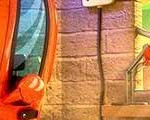

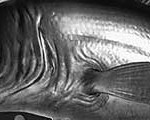
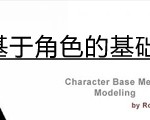
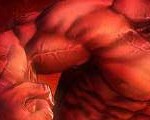
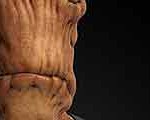

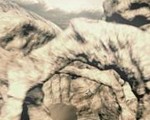
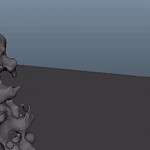
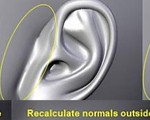



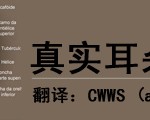
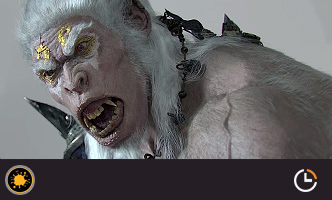
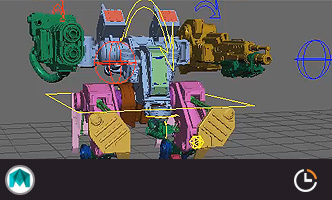
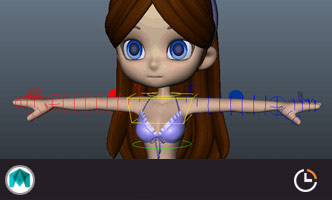
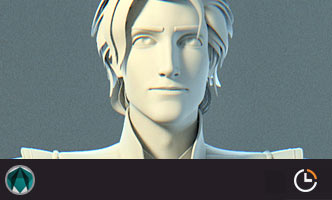

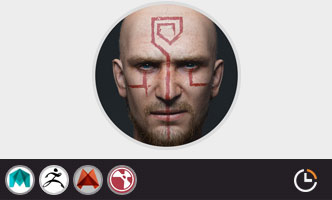
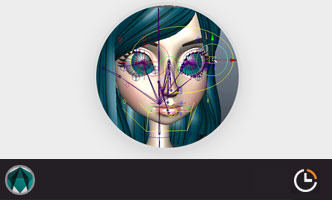
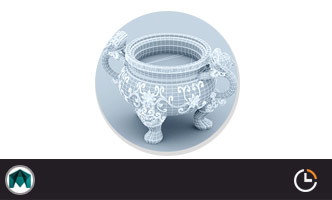
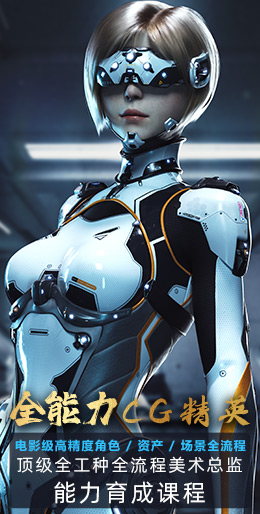


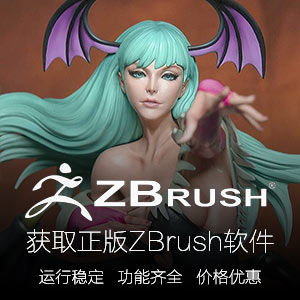

0回复用maya的粒子绘制动态Logo"